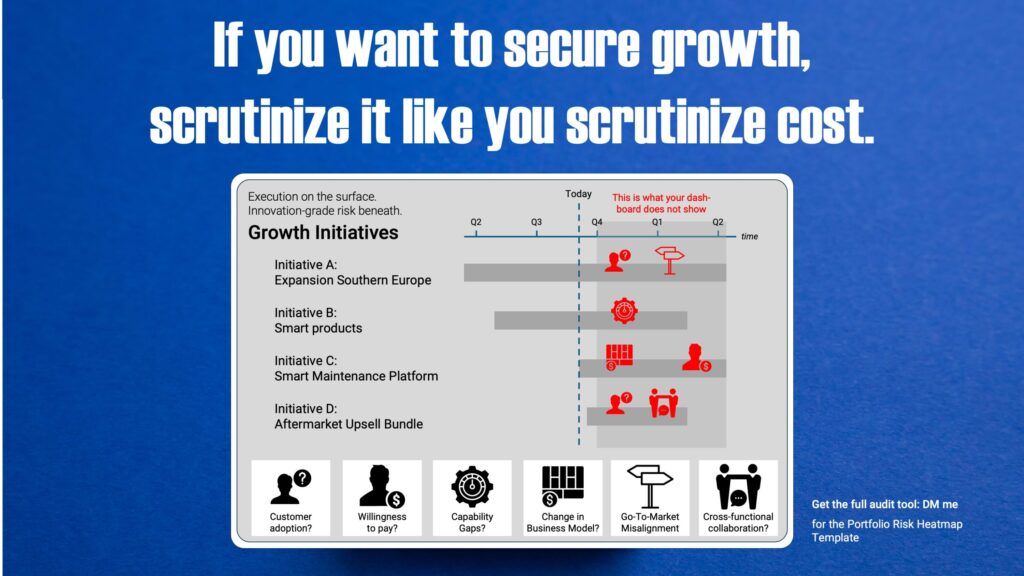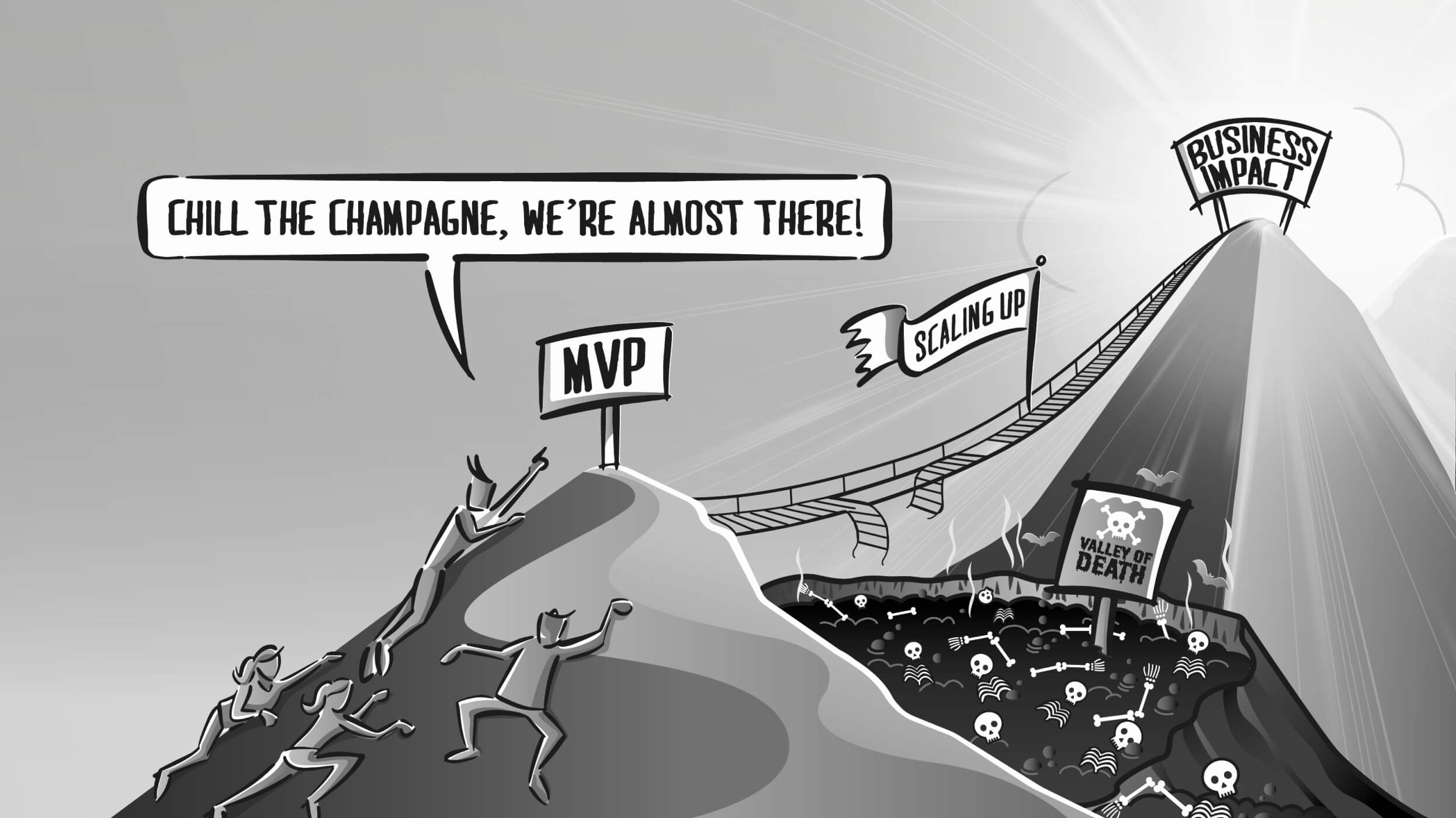
The Challenge.
Across industries, companies deliver around 80% of their efficiency targets, but only about
of their growth targets.
Efficiency lives in a world of knowns.
Growth lives in a world of assumptions.
Those assumptions often stay invisible until results start to drift. Not because teams fail, but because no one is set up to surface them early.
That gap is where corporate growth ambition quietly drifts.
The Challenge Solved.
Growth from out-of-the-box innovation.
Nexwave is Amadeus’ business incubator. Our client Steve Kopp leads Nexwave’s incubation office, in charge of strategy, governance, operations, portfolio management and marketing & communications.
In a recent video, Steve shared why Nexwave decided to replace its existing approach to business building and how he sees the fruits of our collaboration emerging.
More Success Stories.
Meet some of our clients.
Their names and companies are sanitized for confidentiality.
Like you, they are from industry-leading companies.
Their companies excel in their current business models and want to create new growth.
Like you, they needed to prove relevance and secure Innovation’s seat.
They lead innovation centers, digital labs, corporate incubators/accelerators, or corporate startups.
Like you, they ran into challenges.
Earning trust from BUs and leadership is hard. It requires fast wins, co-ownership, and a clear mandate to act.
They changed how Innovation works with the business.
What did they get? Business impact. A stronger seat at the table.

We designed and validated a business model innovation. There is significant interest from a number of companies. But our C-suite is not ready to invest significant money and they are not prepared to give us entrepreneurial autonomy.
We worked with Lean Scaleup advisors: What’s missing for the innovation to be really ‘ready to be scaled’? How does our ‘set-up for success’ look like – using Core’s assets where it makes sense and build / partner in other areas? How do we lead the discussions with C-suite?

Our company has lots of ideas and great technology. We also have heaps of PoCs and MVPs – but they do not scale. We are not excellent in building new businesses. It takes us ages to make a few baby steps.
We worked together with Lean Scaleup advisors on solving the big questions. How do we embed new-business building in the (Digital) Transformation agenda so that we win C-suite? How do we secure BU and corporate support beyond funding? How should structures and systems be designed so that we can move at pace?

We validated our corporate startup to be scale-worthy and scale-ready. We received the funding to go from 3 to 30 customers.
Having stakeholder trust is good, but not good enough. We need corporate assets and capabilities to de-risk and accelerate the journey.
However, they can’t support us extensively due to their agenda and their KPIs. What are best practices in NOW/NEW collaboration models? How can I arrange a win/win agreement?
Thought Leader in Innovation.
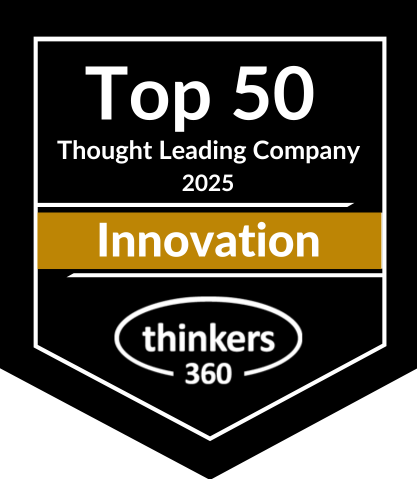
Lean Scaleup has been recognized by Thinkers360 as one of the Top 50 Thought Leading Companies on Innovation 2025 — alongside organizations such as Microsoft and EY.
This recognition highlights our long-standing work with corporate innovators, customers, and experts who trust us to help large organizations turn innovation into measurable business growth.
At Lean Scaleup, we equip innovation leaders with proven systems, tools, and experience to do what matters most: make Innovation deliver growth that matters.
Solutions.
Growth beyond the existing business is hard. Business units chase short-term results. Leadership expects proof before commitment. And Innovation often struggles to show measurable value fast enough to stay relevant.
At Lean Scaleup, we’ve spent years helping leading companies use their existing capabilities to scale innovation and create new growth — turning Innovation into a credible growth architect for the business.
The leaders we work with often ask the same thing:
“How can you help us? What are the services you provide?”
Below, you’ll find our services — proven approaches that make Innovation deliver growth that matters.
The References.
Amadeus…
Nexwave is Amadeus’ business incubator. Our client Steve Kopp leads Nexwave’s incubation office, in charge of strategy, governance, operations, portfolio management and marketing & communications.
In a recent video, Steve shared why Nexwave decided to replace its existing approach to business building and how he sees the fruits of our collaboration emerging.
… and more.
You can filter the list by industry sector by clicking on the relevant headline.
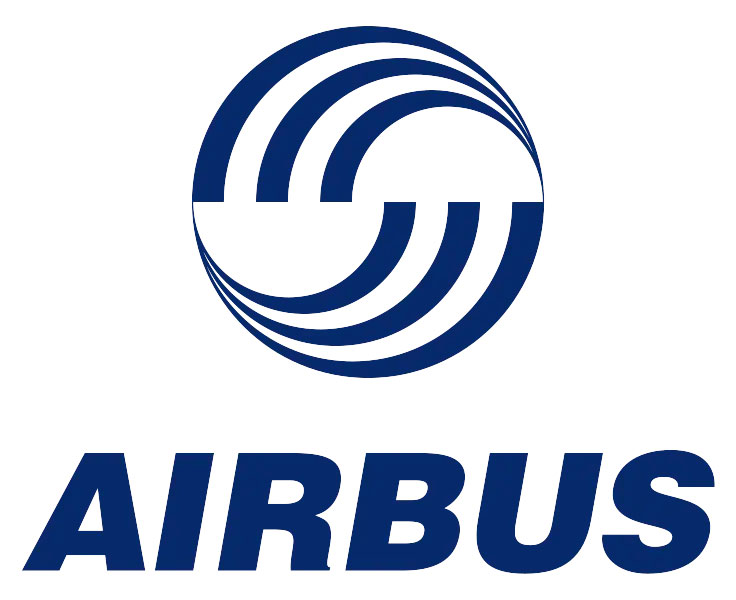




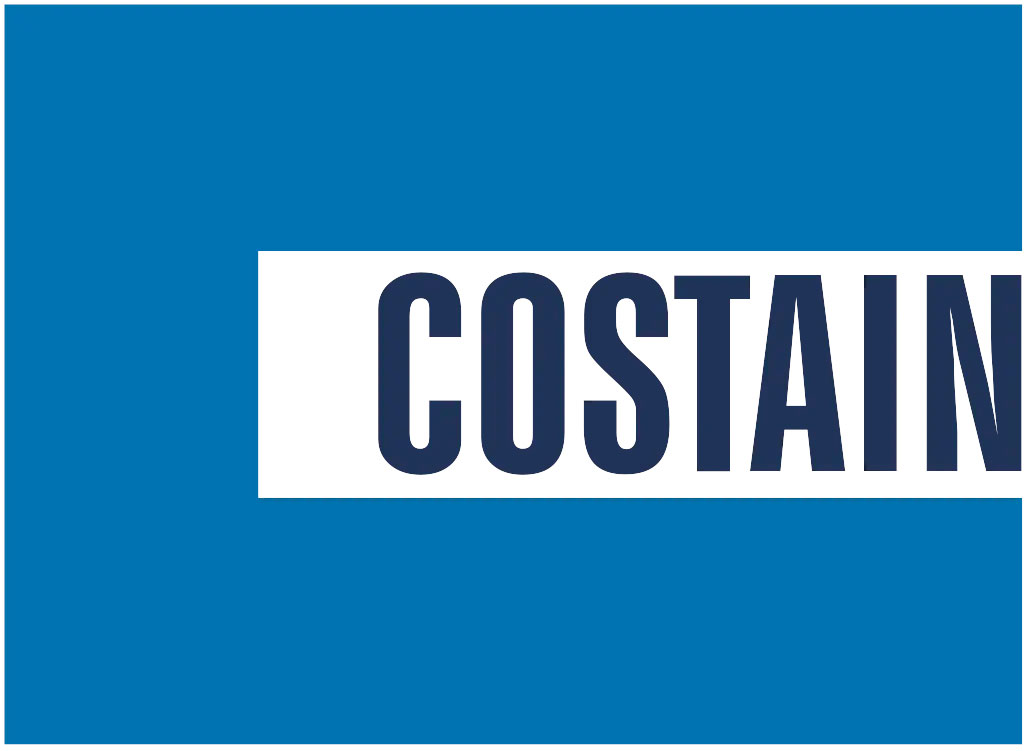

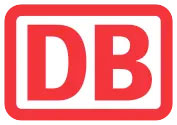
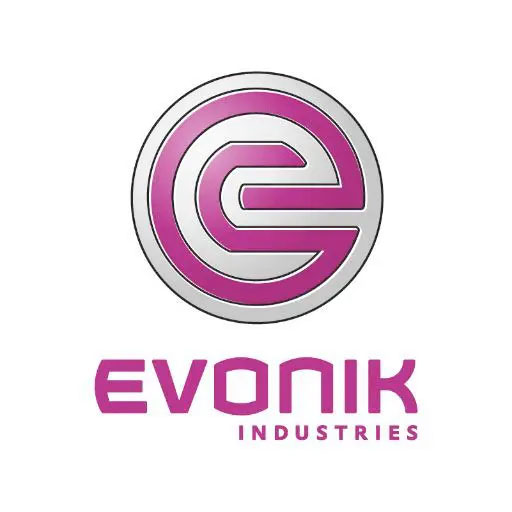








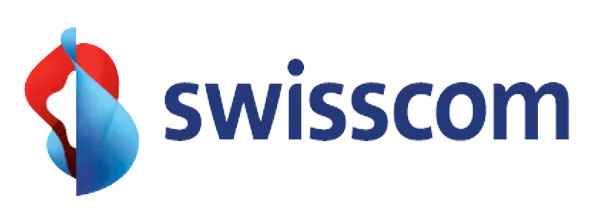
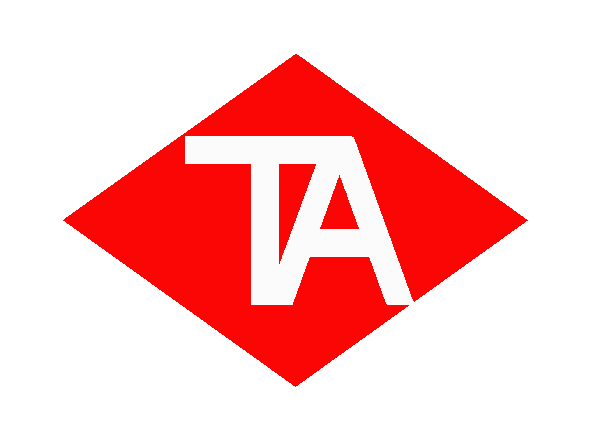
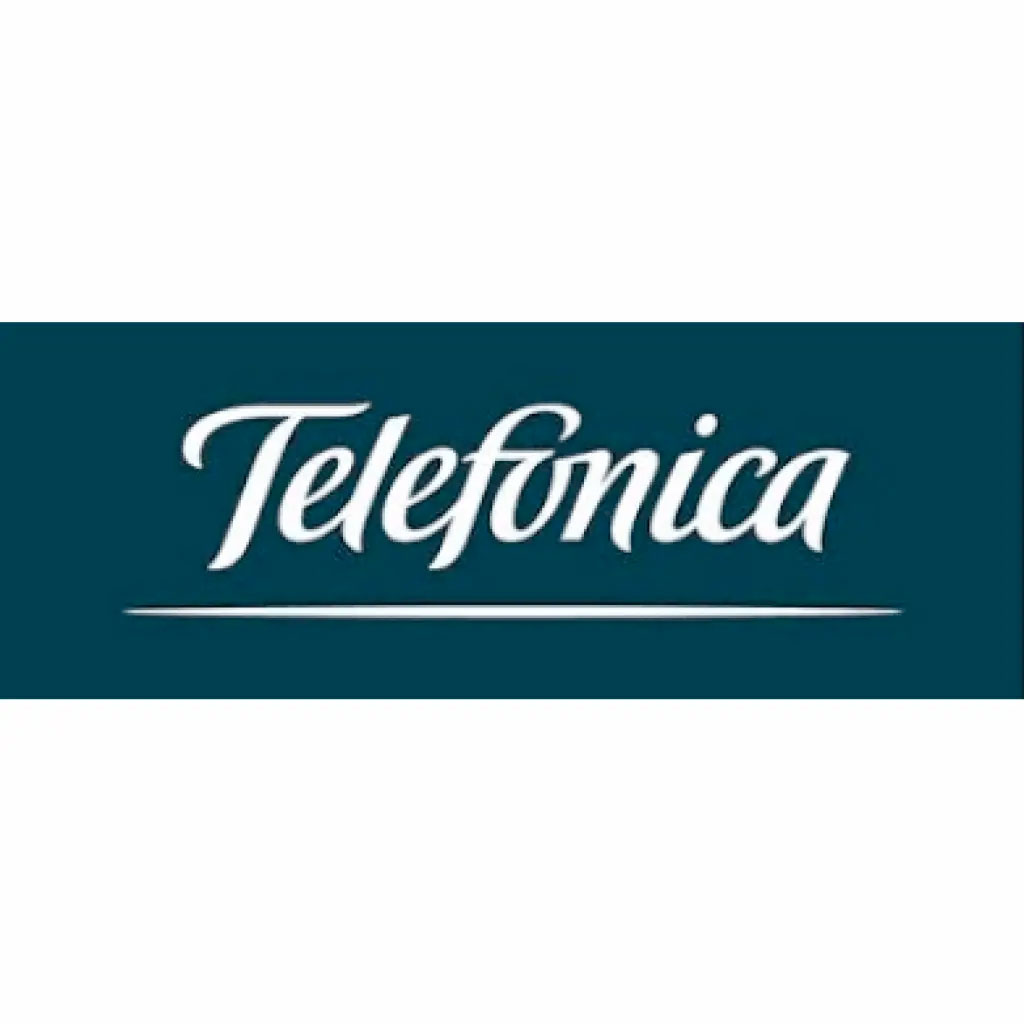


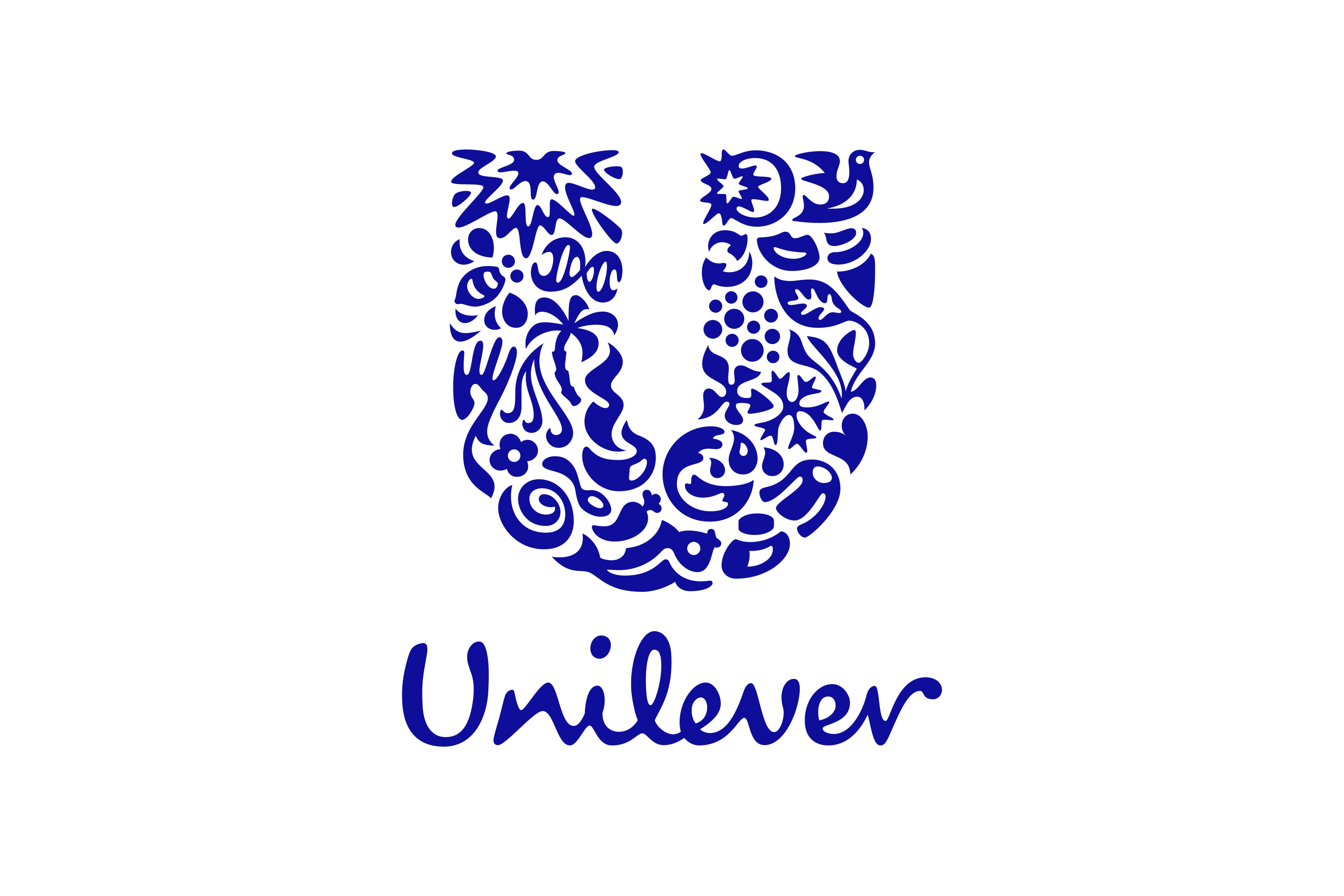

The Books.
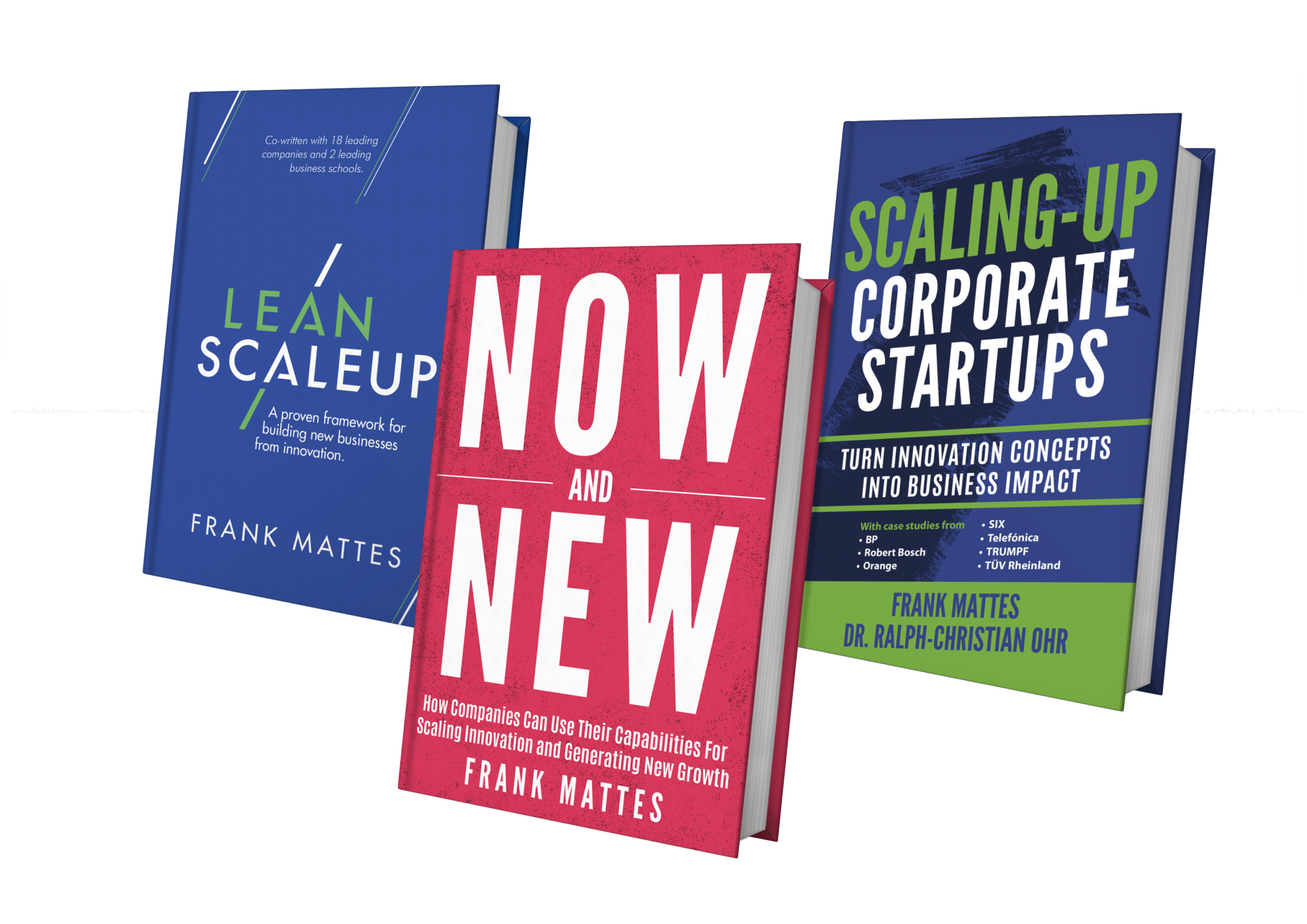
Why is out-of-the-box innovation mandatory?
How to leverage your company’s assets and capabilities effectively?
How to create a setup for success?
Understand why most companies fail because their frameworks are not sufficient.
Get inspiration from from case studies and Best Practices.
Learn which pieces your company needs to put in place.
Benefit from the framework that helped dozens of companies succeed.
And The Framework.
The Lean Scaleup™ – A systematic approach to succeed in out-of-the-box innovation. Actionable and practical.
Co-created by 100+ corporate and academic experts.
The thesis: To solve the scaling challenge, your company needs to make two distinct value creation systems work together: Winning NOW (some call this Exploit or Perform) and creating NEW (Explore or Transform).
To do so, companies need to build a bridge between NOW and NEW and acquire four learnable skills.
The Framework as Podcast.
For a more comprehensive understanding, please have a look at chapter 5 of the book "NOW and NEW."
The Insights.
See All⏵ Frequently Asked Questions.
Creating new growth beyond the existing business requires more than early-stage innovation.
It needs a structured system to create ideas with company-fit and to scale validated ideas.
The Lean Scaleup framework provides this system, enabling corporates to build profitable, scalable new businesses inside the enterprise.
Most ventures stall because they lack alignment between strategy, governance, and execution.
Innovation teams work in isolation, and the core business often resists integration.
Lean Scaleup solves this by aligning all key actors — from C-suite to delivery teams — around one growth journey.
For corporates, Design Thinking and Lean Startup aren’t enough.
The Lean Scaleup framework extends proven startup concepts into the enterprise context — with added structures for alignment, lifecycle governance, and integration with core operations.
It is built for the end-to-end process, not just validation.
The Lean Scaleup is a proprietary framework developed by Frank Mattes to bridge the gap between early innovation success and large-scale business impact in corporate settings.
The Lean Scaleup framework was developed by Frank Mattes.
He is a recognized thought leader in corporate innovation and collaborated with 100+ practitioners from global enterprises to develop that framework.
It’s featured in his book “NOW and NEW” and trusted by leading companies worldwide.
Frank Mattes is a senior corporate innovation expert with over 25 years of experience helping large corporations like Amadeus, Beiersdorf, bp, Evonik, Philips and Scania turn ideas into scalable, profitable businesses.
Unlike those methods, which focus mainly on ideation or validation, Lean Scaleup provides an end-to-end approach that integrates innovation with corporate strategy, governance, and operations to enable measurable growth.
It is built collaboratively with over 100 innovation practitioners and continuously refined to address real-world corporate innovation scaling pain points.
Lean Scaleup is a structured, end-to-end framework that helps large companies turn validated innovation concepts into real business impact.
Developed with 100+ corporate practitioners, it bridges the gap between innovation teams and core operations.
It enables new growth from within.
Lean Scaleup isn’t a theoretical model. It’s a modular, practical system of 12 building blocks — tailored to different corporate roles.
You only need a few modules per persona, but everything fits into one coherent system that drives execution, not just strategy decks.
You can start with a free Lean Scaleup Self-Assessment, book an expert consultation, or dive into the book “NOW and NEW.”
From there, workshops or custom projects can tailor the framework to your specific growth goals.

